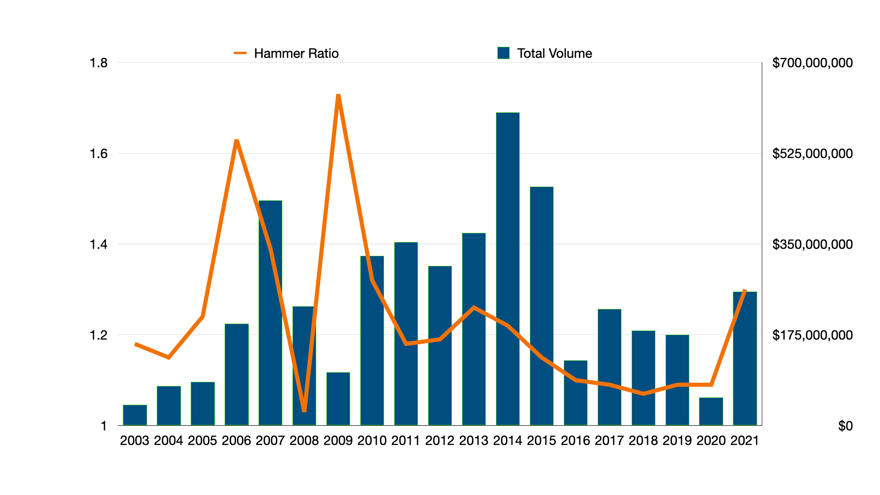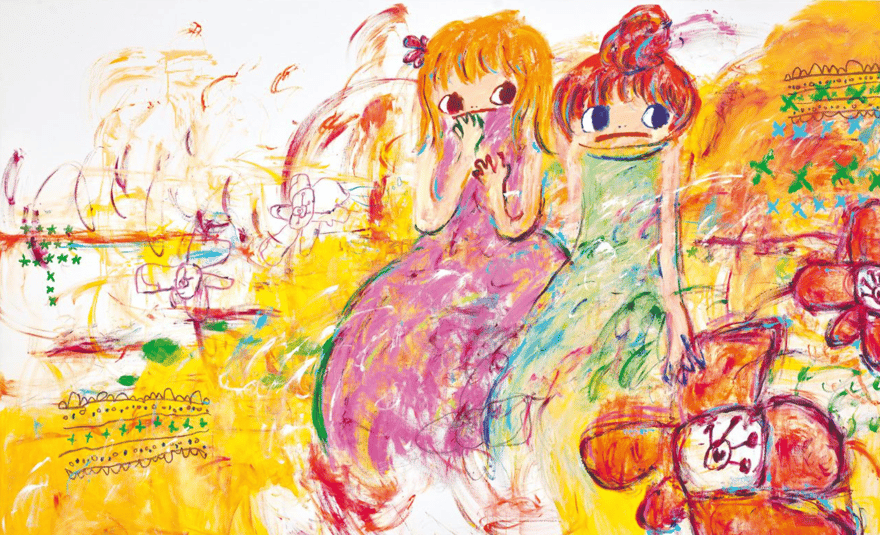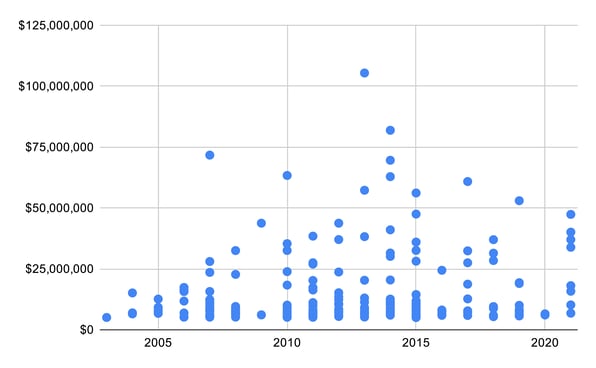If Marilyn Sells for $200m—or Much More—What Happens Next?
It's fun to guess who might spend $200 million—or much more—on Marilyn. But what impact will a new Warhol record have on the art market? LiveArt Market Monitor tries to answer the question.
LiveArt Market Monitor's report Warhol's Marilyn and the Art Market is available as a pdf here to download and share.
Andy Warhol was, until recently, the driving force in the contemporary art market. In 2007, Warhol’s annual auction sales first peaked at $434 million. That same year, according to Clare McAndrew’s annual report, the broader art market peaked at $65.9 billion. Seven years later, the Warhol market reached a new high of $603 million and the entire art market was $68.2 billion.
At the height of Warhol’s sales in 2014, the market for Contemporary art peaked at nearly $8 billion. By contrast, the markets for Modern, Impressionist and Old Masters artworks all reached an apex three years earlier. In 2015, the global art market was diminished but only to 2007 levels. Warhol and the art market both still had a strong year in 2015.
From 2016 to 2020, there was a significant re-alignment. Warhol’s artwork played a lesser role in a lesser market. Overall, this was a good thing. Demand for art is driven by social and cultural factors. A healthy art market can replace demand for Warhol with demand for works by eight-figure names like Twombly, Basquiat, Rothko, Koons or Richter. Markets with greater diversity are healthier; they have more potential for dynamic rotation.
A survey of the Warhol market over the last 33 years shows its own rotation. The 40-inch Marilyns have consistently set record prices for Warhol. The late 90s/early 2000s market favored the large flower paintings. Death and Disaster works dominated records in the 2007 to 2013 period. Starting in the same period but extending through the Warhol drought of 2016 to 2020, Elvis paintings have played a recurring role providing value and dollar volume.
The Warhol market has rebounded substantially in 2021 led by strong sales of the Warhols in the Macklowe collection. But the key question remains: what caused the fallow period of sales from 2016-2020.
One important but undiscussed aspect of the Warhol market is supply. During the earliest phase of the Contemporary art boom, the Warhol foundation was still selling art work, the Mugrabi family, Gagosian Gallery, Peter Brant and other market participants all had supply and acted as buyers of last resort.
Three factors—continuing high average prices, declining volume of lots, and very strong prices in the market for Warhol prints—all suggest the constraints on the Warhol market come from the supply side. Simply put, few Warhol owners want to sell. One reason may be that prices have not moved up enough in the last six years. That brings us back to Shot Sage Blue Marilyn and its potential effect on overall pricing in the Warhol market. Will a new record price paid in public unleash supply as current owners relinquish their works for much higher prices than were paid in the last two decades?





